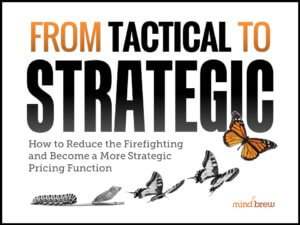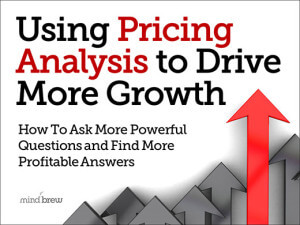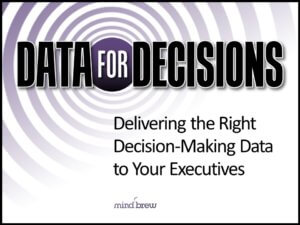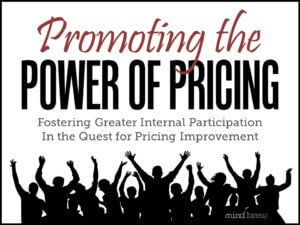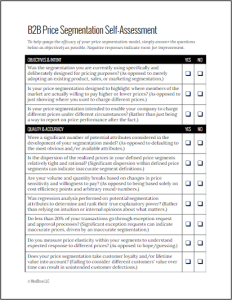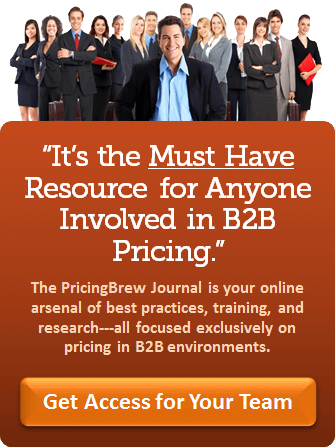While companies tend to invest a tremendous amount of time, energy, and resources in tactical execution, the most important strategic decisions are often given very little thought or consideration. In fact, a lot of management teams these days seem to have a severe allergy to strategic decision-making…because whenever possible, they avoid it entirely!
Why would management avoid making strategic decisions? Well, I believe it’s because strategic decision-making is all about difficult choices. And no one likes choose when they could choose wrong.
For example, one of the most important strategic decisions has to do with which markets or segments the company is going to target and serve. In choosing to focus on serving a specific set of markets or segments, management is also deciding NOT to serve a bunch of other markets or segments.
You see, a real strategic decision is exclusionary—i.e. “we’re going to do this and not do that.” And to some management teams, making this kind of choice can seem pretty risky…particularly when they don’t have good information to rely on.
So they put it off. They let it play out. They take it as it comes. Across the range of strategic decisions, from which customers to serve, to which offerings to develop, and everything in-between, they put off choosing and just let market conditions and the competition dictate.
Of course, this situation is not even close to ideal. But what can Pricing do about it? Well…in a word…plenty!
After all, most Pricing teams are sitting on a huge cache of strategic insight. And in the course of their work, they’re amassing of a ton of performance data that could be used to better inform a number of valuable strategic decisions:
- Multidimensional performance differences between various customer segments—CLTV, profitability, growth, price sensitivity, etc. Helps with identifying who to target and who to leave for the competition.
- Relative performance across your range of offerings and feature sets. Helps guide further investments where your firm has product advantages and differentiations that really matter in the marketplace
- Multidimensional performance differences between difference sales channels and geographies—profitable growth trends, competitive pricing pressure, etc. Helps focus resources and guide future investments.
Of course, it may take a little extra effort to conduct the specific analyses to answer a slightly different set of questions. But the fundamental building blocks…the data…are usually right there, ready to be synthesized and pressed into service.
That said, you shouldn’t hold your breath, waiting for management to ask you for this type of information and insight. Odds are, it probably won’t occur to them that they need these sorts of analyses in the first place, let alone understand that your group is capable of producing them.
So you’ve got to be proactive about doing the work and delivering the insights and recommendations to your management team. If you put it in front of them, they’ll pay attention. And over time, it will have an influence.
PS—As you work through this, you might want to refrain from using the word “strategy” lest you trigger that severe allergic reaction. 🙂

